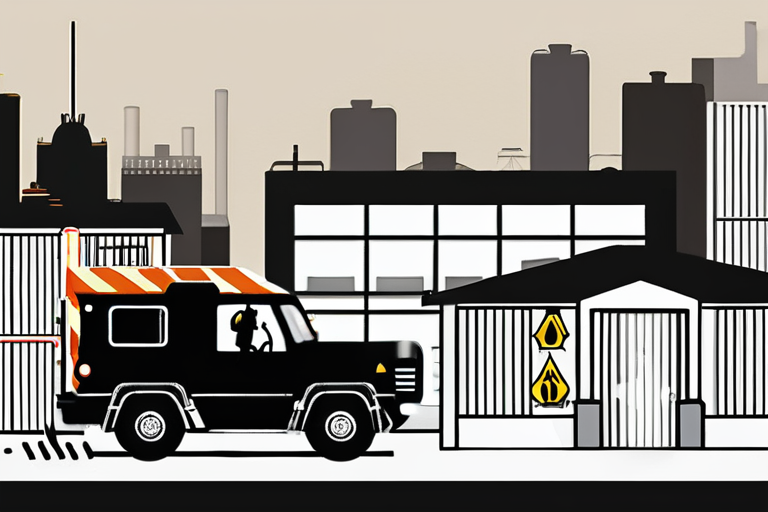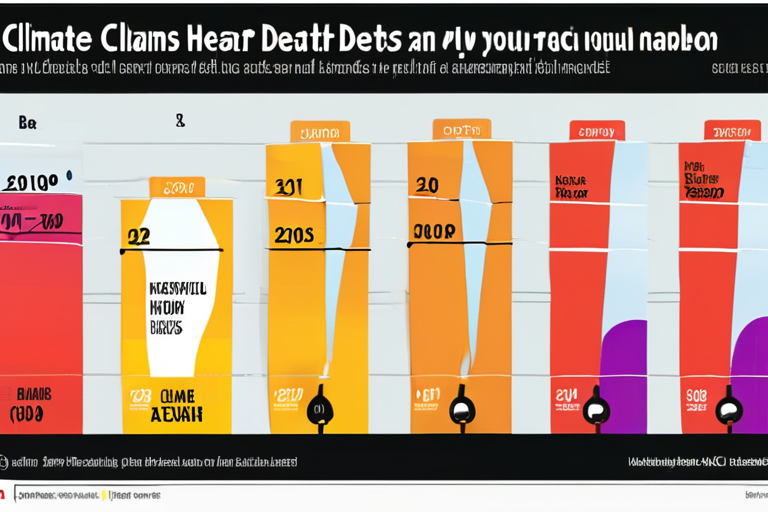Federal Agents' Aggressive Tactics Spark Outrage in Chicago Area
A lawsuit filed this week by journalists and demonstrators has brought attention to the excessive use of chemical munitions by federal officers outside an Immigration and Customs Enforcement (ICE) facility in Broadview, Illinois. The incident has sparked widespread outrage and raised concerns about the impact on local communities.
According to the lawsuit, federal agents have been firing tear gas at protesters with such frequency that nearby residents who are not even participating in demonstrations are struggling to breathe when they leave their homes to run errands. "It's like a war zone," said Maria Rodriguez, a Broadview resident who has witnessed the protests firsthand. "I've seen people being tackled and slammed to the ground, and it's just not right."
The lawsuit alleges that snipers with guns loaded with pepper balls, paintballs, and rubber bullets are stationed on the roof of the ICE facility, trained on both press and civilians. Federal agents have also been accused of lobbing flash grenades and tear gas canisters indiscriminately into the crowd.
"This is a clear example of excessive force being used to intimidate and silence protesters," said Sarah Patel, an attorney representing the plaintiffs. "The officers are not physically threatened, and there's no legitimate reason for this kind of brutality."
The incident has sparked concerns about the impact on local communities. Many residents have expressed frustration with the aggressive tactics employed by federal agents. "It's not just about the protesters; it's about the community as a whole," said Juan Hernandez, a Broadview resident who has been involved in organizing protests against ICE. "We're trying to bring attention to the issues affecting our community, and this kind of response is only going to drive people further away."
The lawsuit also highlights the challenges faced by journalists attempting to report on the protests. Many have reported being targeted by federal agents with pepper balls and tear gas canisters. "As a journalist, my job is to document what's happening, but it's becoming increasingly difficult when you're being attacked by law enforcement," said Alex Rodriguez, a freelance journalist who has been covering the protests.
The incident has also raised questions about the role of ICE in the community. Many residents have expressed concerns about the facility's presence and its impact on local residents. "ICE is not just an immigration agency; it's a symbol of fear and intimidation for many people," said Dr. Maria Rodriguez, a sociology professor at nearby University of Illinois at Chicago.
The lawsuit seeks to hold the Department of Homeland Security accountable for the actions of federal agents. The case has sparked widespread outrage and raised concerns about the impact on local communities. As the situation continues to unfold, residents are calling for greater transparency and accountability from law enforcement agencies.
Background:
The ICE facility in Broadview, Illinois, has been a source of controversy for years, with many residents expressing concerns about its presence and impact on the community. The facility was established in 2010, and since then, there have been numerous protests and demonstrations against it.
Additional Perspectives:
"This is not just about ICE; it's about the broader issue of immigration policy and how it affects our communities," said Rep. Jesus Garcia (D-Illinois), who has been a vocal critic of ICE policies.
"We need to have a national conversation about the role of law enforcement in our society, and how we can ensure that they are serving and protecting all members of our community," said Rev. Jesse Jackson, a civil rights leader.
Current Status:
The lawsuit is ongoing, with a hearing scheduled for later this month. In the meantime, residents continue to protest outside the ICE facility, calling for greater transparency and accountability from law enforcement agencies.
*Reporting by Motherjones.*



 Hoppi
Hoppi

 Hoppi
Hoppi

 Hoppi
Hoppi

 Hoppi
Hoppi

 Hoppi
Hoppi

 Hoppi
Hoppi











